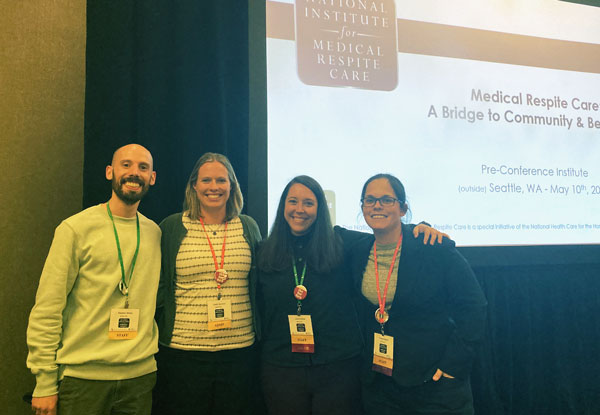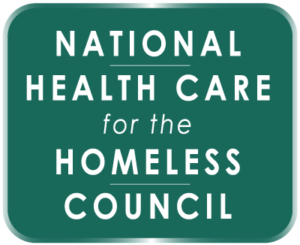NIMRC Insights
Celebrating our two-year anniversary
NIMRC Turns 2: Looking to Our Future

We’ve spent the last month celebrating the two-year anniversary of The National Institute for Medical Respite Care (NIMRC). While we’ve reflected on the exciting work we’ve been able to do since we took the leap and established this national institute, we now want to take a moment to look forward.
Access: The medical respite field continues to grow at a rapid pace. We are contacted weekly by communities interested in exploring the opportunity to develop a medical respite program or expand their medical respite services. While the number of medical respite programs has grown 40% in the last five years, we still have far too little access to medical respite services.
In many states, there is only one medical respite program, and we still have eight states with no known medical respite services. Expanding access to medical respite care is part of the mission of NIMRC and we plan to grow our resources and capacity to support communities in their program development.
Best Practice: The field of medical respite is grounded in the Health Care for the Homeless movement and has been part of the National Health Care for the Homeless Council’s work for over 20 years. During this time, we’ve served as a convener of medical respite providers across the country.
Through the Respite Care Providers Network, we’ve created spaces for providers to share with each other their experiences, their challenges, their successes, and their strategies. From this work, we’ve been able to create resources on best practices and establish standards for medical respite care.
Holding our field to a high-quality standard of care will always be a cornerstone of NIMRC. Looking forward, we are exploring more formal avenues to help programs demonstrate to partners and funders their commitment to and ability to deliver quality care.
Sustainability: The pathways for funding medical respite services have evolved since the first program opened in the 1980s. More community partners are at the table, more systems are familiar with medical respite, and more stakeholders are seeing the benefit of these programs. Barbara DiPietro, Sr. Director of Policy, shared in a previous blog that increasingly states and managed care plans are establishing reimbursements for medical respite services.
This is a huge step for sustainable funding for medical respite programs. It is also an opportunity for NIMRC to clarify to these stakeholders what this service entails, who it is intended for, and how it can affect outcomes. We also know that in order for medical respite programs to partner with funders, they need to be able to tell their story.
NIMRC is focused on building medical respite program capacity for streamlining data collection practices and prioritizing outcome metrics.

Growth: For many years, the Council was only able to dedicate one full-time staff person to medical respite care. With the launch of NIMRC, there is now a medical respite team made up of four talented, dedicated, and creative staff, and a NIMRC leadership team that brings clinical, policy, and programmatic expertise from across the Council to NIRMC’s work. We have seen exponential growth in our staff capacity around medical respite in the last two years and are continuing to grow to meet the needs of the field. The medical respite team will add three new staff in the coming months and will grow even more in early 2023.
This month, I celebrate 10 years on staff at the National Health Care for the Homeless Council. I still remember the first medical respite technical assistance call I facilitated on my own. I was nervous and shaky, unsure if I felt qualified enough to be helpful. I was speaking to an HCH nurse who was worried about a patient recently released from the hospital who really needed to rest but had to leave the shelter during the day. Her community did not have a medical respite program. We talked it through; I gave her all the resources we had on starting a program, including a draft of the medical respite standards which were not yet finalized. This is one of the things I love about medical respite care. Medical respite providers are often caring and creative problem solvers. They see injustice, a gap in care in their community, and take it on. At the end of the call, she asked if she could follow-up again when she inevitably ran into a challenge or barrier and I said to her what we say at the end of all calls with our community, “We are always here to support you and your work.” Establishing NIMRC has created opportunities for us to support the field of medical respite in ways I could not have previously imagined. We are so excited about what is on the horizon for NIMRC and, as always, we’ll continue to grow this work side-by-side with communities and providers.


